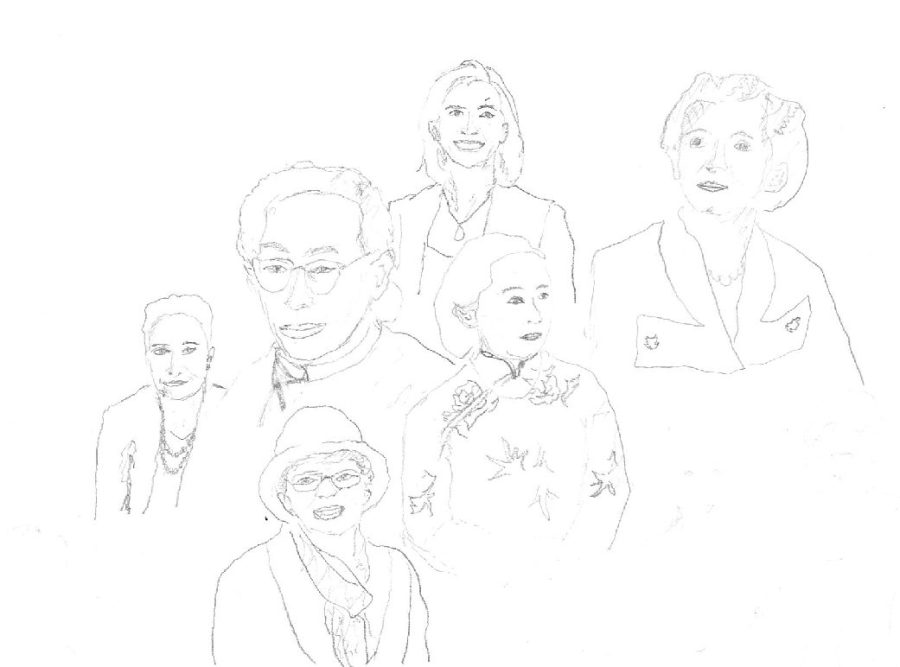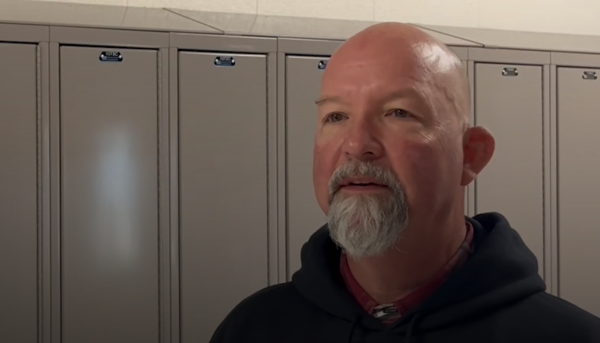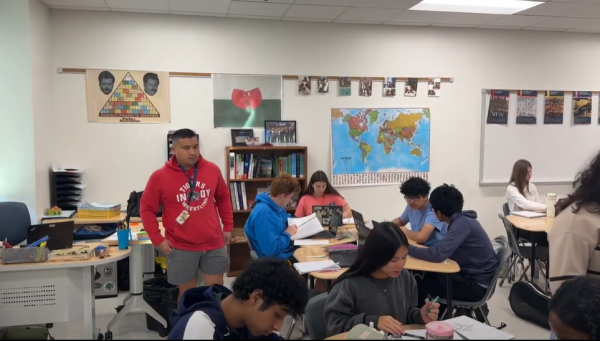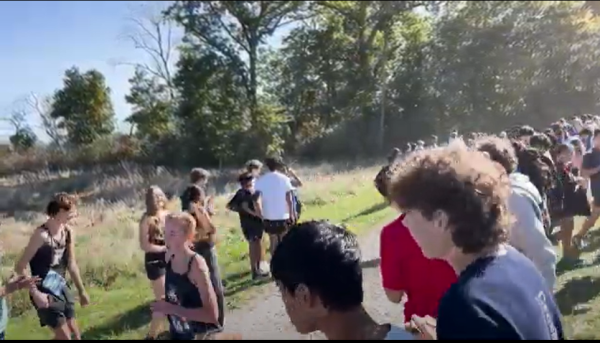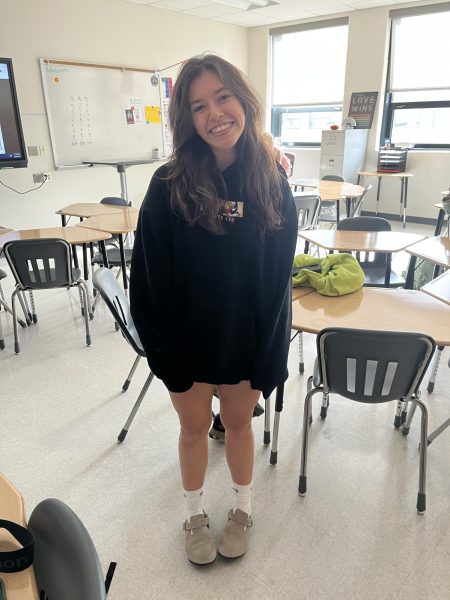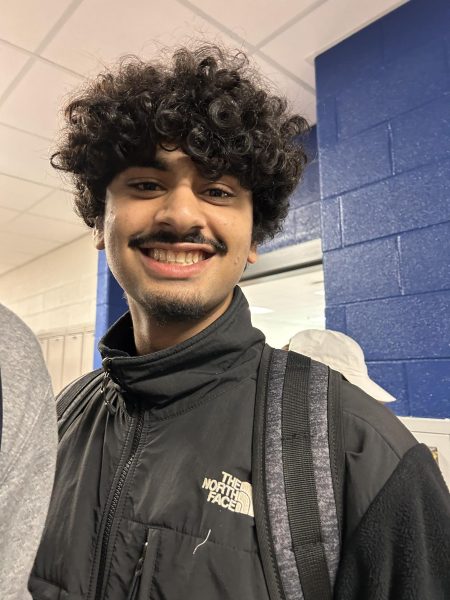Celebrating Women’s History Month: Women in STEM
To kick off this belated series celebrating Women’s History Month, the topic of this edition is “Women in STEM.” You might’ve heard this recent buzzword spoken in humor; however, now is the time to seriously recognize those inspiring women who pioneered our pride in girlhood.
This edition will be covering women in STEM who are “scientifically” underrated for their impressive role in shaping the scientific sphere.
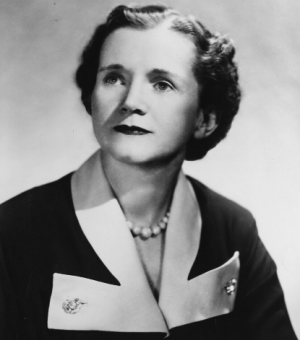
Born in 1907 in Pennsylvania, Rachel Carson would become a writer, scientist and ecologist. Growing up in a rural town rich and buzzing with nature and life, she developed a great love for writing and marine biology. During the Great Depression, she wrote radio scripts for the U.S. Bureau of Fisheries in order to support her struggling family. Her scripts enjoyed great success among listeners. Carson would go on to become a primary figure in the biological sciences through writing articles and conducting conversations on conservation and natural resources.
In 1952, Carson published her magnum opus, a book titled “The Sea Around Us,” renowned as one of the most successful books written on the natural world. The book artistically narrates the world’s oceans and uses an air of creativity and curiosity to explain a range of scientific discoveries about the ocean. Later on, Carson would make a significant impact on the agricultural world by courageously speaking out on the harm in chemical pesticides, becoming one of the first scientists to warn society of the negative effects of pesticides on the ecosystem.
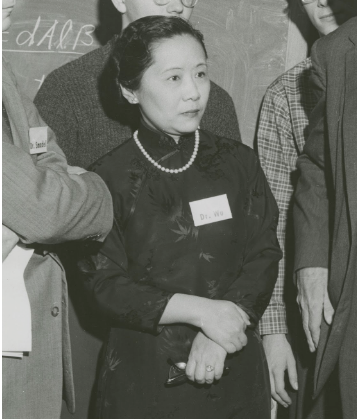
Born in 1912 in the Jiangsu province of China, Chien-Shiung Wu was a Chinese-American nuclear physicist. Her contributions to the scientific world included her work on the Manhattan Project and the Wu Experiment, which disproved a crucial law of nature–the Law of Conservation of Parity. Wu’s colleagues, Chen Ning Yang and Tsung-Dao Lee, shared the Nobel Prize for Physics in 1957 for the breakthrough regarding parity laws, though Wu did not receive anything. Many believe Wu was overlooked for the prize as her contribution to the breakthrough was immense. In fact, many even believe that she was a victim of blatant sexism, as women in the sciences were commonly overlooked and belittled throughout the 20th century.
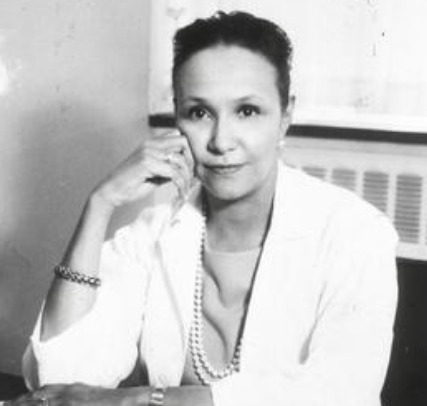
Born in 1919 in Manhattan, Jane Wright was an African American woman who would make groundbreaking foundational research on chemotherapy. Her father, Louis Wright, was among the first African American graduates of Harvard Medical School. Dr. Jane Wright was among one of the first African American women to attend New York Medical College, and following her education, she held an important role among cancer researchers.
At the time, drugs used to treat cancer such as chemotherapy were uncommon and were still being researched and experimented with. Dr. Jane Wright, alongside her father, performed extensive research regarding various anti-cancer chemicals. Her experiments and research led to the use of an effective drug in treating cancer, methotrexate. She pioneered the standard use of chemotherapy when treating cancer. She became the first woman to be president of the New York Cancer Society and continued to make groundbreaking research on chemotherapy and the treatment of cancer.
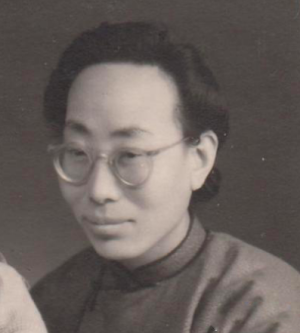
Born in 1930 in Zhejiang, China, Tu Youyou would go on to become the first Chinese person to win a Nobel Prize in physiology and medicine, while also becoming the first Chinese woman to win any Nobel Prize. Tu attended China’s most prestigious Beijing Medical College. She went on to study and work at the Chinese Academy of Traditional Chinese Medicine, where she dedicated herself to studies in traditional medicine. She would later synthesize her knowledge of traditional Chinese medicine with Western medicine to make her revolutionary discovery of fighting malaria.
As a result of the many Chinese soldiers losing their lives to malaria at the front lines of the war in North Vietnam, Tu and her team were appointed by the Chinese government towards finding a drug that would help fight the lethal disease. Tu and her team experimented with over 200 plants that could potentially relieve malaria, and they finally found the answer in the extract of a plant known as “sweet wormwood”, called qinghao in Mandarin. Nearing the late 20th century, Tu’s findings became international and the use of the extract, known as artemisinin, saved millions of lives internationally, especially in regions such as South China, Southeast Asia, Africa and South America, where the death toll of malaria was staggering.
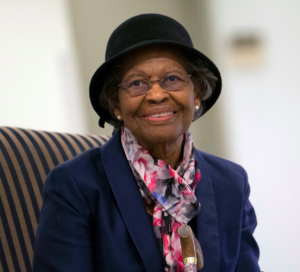
Born in our very own Virginia in 1930, Gladys West was another one of history’s “hidden figures.” Similar to individuals such as Katherine Johnson and Dorothy Vaughan, West was an African American woman who made significant scientific impacts and discoveries, yet her achievements were overlooked as a result of her race and gender. Growing up in a then-segregated rural Virginia, West was determined to escape the environment where most women spent their days harvesting crops.
She successfully gained a full scholarship to Virginia State University, where she earned her degree in mathematics. West went on to work at U.S. Naval Proving Ground, where she rose in the ranks and managed a project known as Seasat, an experimental project to launch a satellite into earth’s orbit to survey ocean activity. Under West’s management, Seasat became the first project to effectively observe oceanographic data. However, West’s most impressive contribution was her foundational work towards creating the Global Positioning System (GPS). Based on her work on Seasat, West began her work on GEOSAT. GEOSAT was an observational satellite that was able to measure the distance from the satellite to any point on the sea’s surface. This project made it possible to make other conclusions about earth’s geoid and became the base model of the GPS.
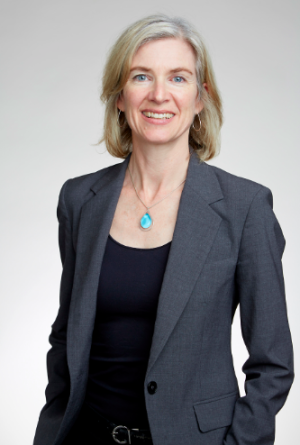
Jennifer Doudna, an American biochemist, is a scientist still actively researching and making an impact on the modern world. Earning a degree in chemistry at Pomona College, she went on to Harvard to complete a Ph.D. in biochemistry. Early on in her career, she made discoveries regarding the structure of RNA molecules. Then, in 2012, Doudna and her colleague Emanuelle Charpentier developed a genome-editing tool known as CRISPR-Cas9, for which they received the Nobel Prize in Chemistry. This revolutionary technology allows the altering and manipulation of DNA sequences to achieve objectives such as expedited and accurate diagnosis, as well as improved treatment/prevention of cancer and genetic disorders.
The list above only attempts to highlight some of the women among the inexhaustible force of women with great achievements. Of course, it is ideal that we may reach a point where we don’t need to differentiate between women with great achievements and people in general who make great contributions. Nevertheless, it is important that we credit these women who endured the disdain of their peers and pushed past the obstacles society threw at them. These women, who faced and overcame adversity because of their gender and race, made a rattling impact on STEM.
Though the issue is much less prevalent than when many of the women above were working, there is still a lack of women pursuing STEM degrees and careers. Women in STEM make it possible for aspiring girls to realize that they are in every way capable. If you know a woman in STEM, express your appreciation for them, and if you are a girl aspiring to pursue a career in STEM, you go girl!
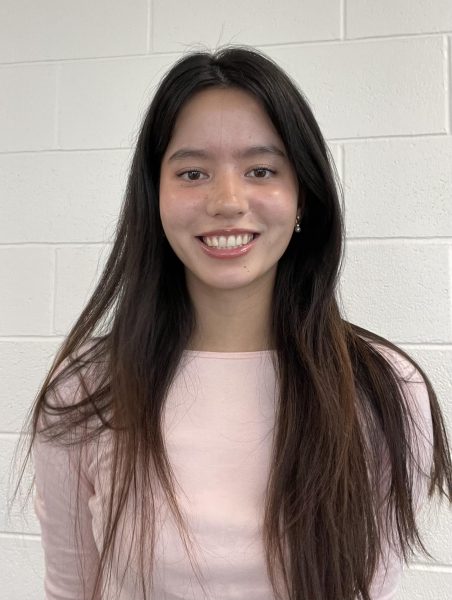
Michelle is currently a Senior, where it is her third and final year writing for The Prowl. This year, she is excited to serve as the Co-Editor-in-Chief....

